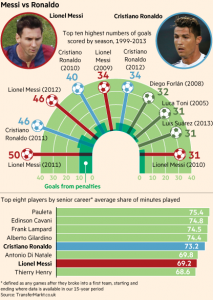Cocoa puff
Both Stuff and the Herald have stories about the recent cocoa flavanols research (the Herald got theirs from the Independent).
Stuff’s story starts out
Remember to eat chocolate because it might just save your memory. This is the message of a new study, by Columbia University Medical Centre.
Sixteen paragraphs later, though, it turns out this isn’t the message
“The supplement used in this study was specially formulated from cocoa beans, so people shouldn’t take this as a sign to stock up on chocolate bars,” said Dr Simon Ridley, Head of Research at Alzheimer’s Research UK.
There’s a lot of variation in flavanol concentrations even in dark chocolate, but 900mg of flavanols would be somewhere between 150g and 1kg of dark chocolate per day. Ordinary cocoa powder is also not going to provide 900mg at any reasonable consumption level.
The Herald story is much less over the top. They also quote in more detail the cautious expert comments and give less space to the positive ones. For example, that the study was very small and very short, and the improvement in memory was just in one measure of speed of very-short-term recall from a visual prompt, or that this measure was chosen because they expected it to be affected by cocoa rather than because of its relevance to everyday life. There was another memory test in the study, arguably a more relevant one, which was not expected to improve and didn’t.
Neither story mentions that the randomised trial also evaluated an exercise program that the researchers expected to be effective but wasn’t. Taking that into account, the statistical evidence for the effect of flavanols is not all that strong.
